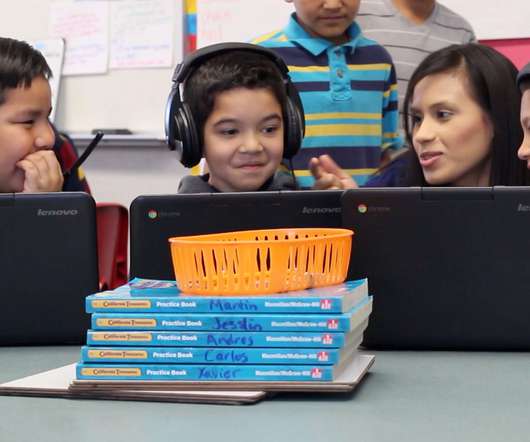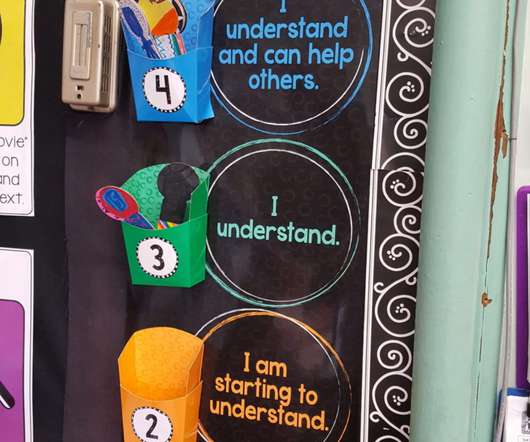What Happens When Students Work at Their Own Pace
Digital Promise
AUGUST 26, 2015
For the 2014-15 school year, Piedmont Middle School, in rural northeast Alabama, reimagined how its students learn by letting them progress based on their mastery of skills and standards. In 2014-15, 95 percent of Piedmont students graduated, putting it in the top 5 percent in the state. Credit: CompetencyWorks, iNACOL.


















Let's personalize your content